The Most Emblematic Family in Bordeaux
Between the 1950s and 1990s, Bordeaux saw the continued rise of Lucien Lurton, who had grown to be one of the largest and wealthiest landowners in Bordeaux. A great connoisseur and champion of the best terroirs, he made his name by defending many parcels of land, which were coveted by gravel merchants when the vineyards were in major crisis. In 1992, he handed down his properties to his ten children, who had each grown up connected to an estate and the nuances of its terroir.
With some 3,000 acres in the region, the Lurtons are the largest holders of wine-producing land in Bordeaux, owning more than 20 Châteaux, among which lie some of the world’s most famous properties. Although he is now 93 years old, Lucien Lurton still occasionally oversees harvest and the first steps of the winemaking process.
Today, the châteaus are divided amongst the children as follows:
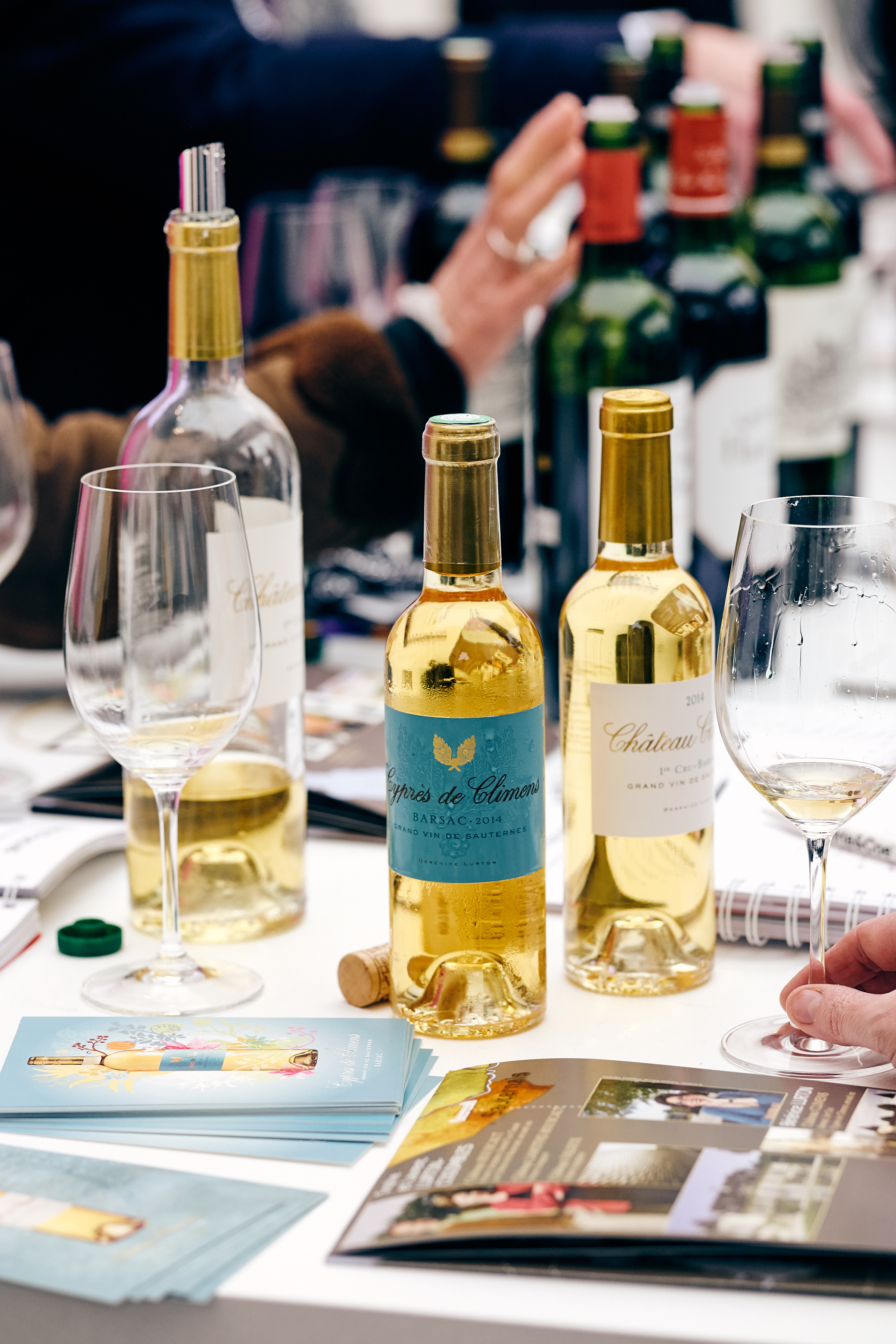
- Denis is in
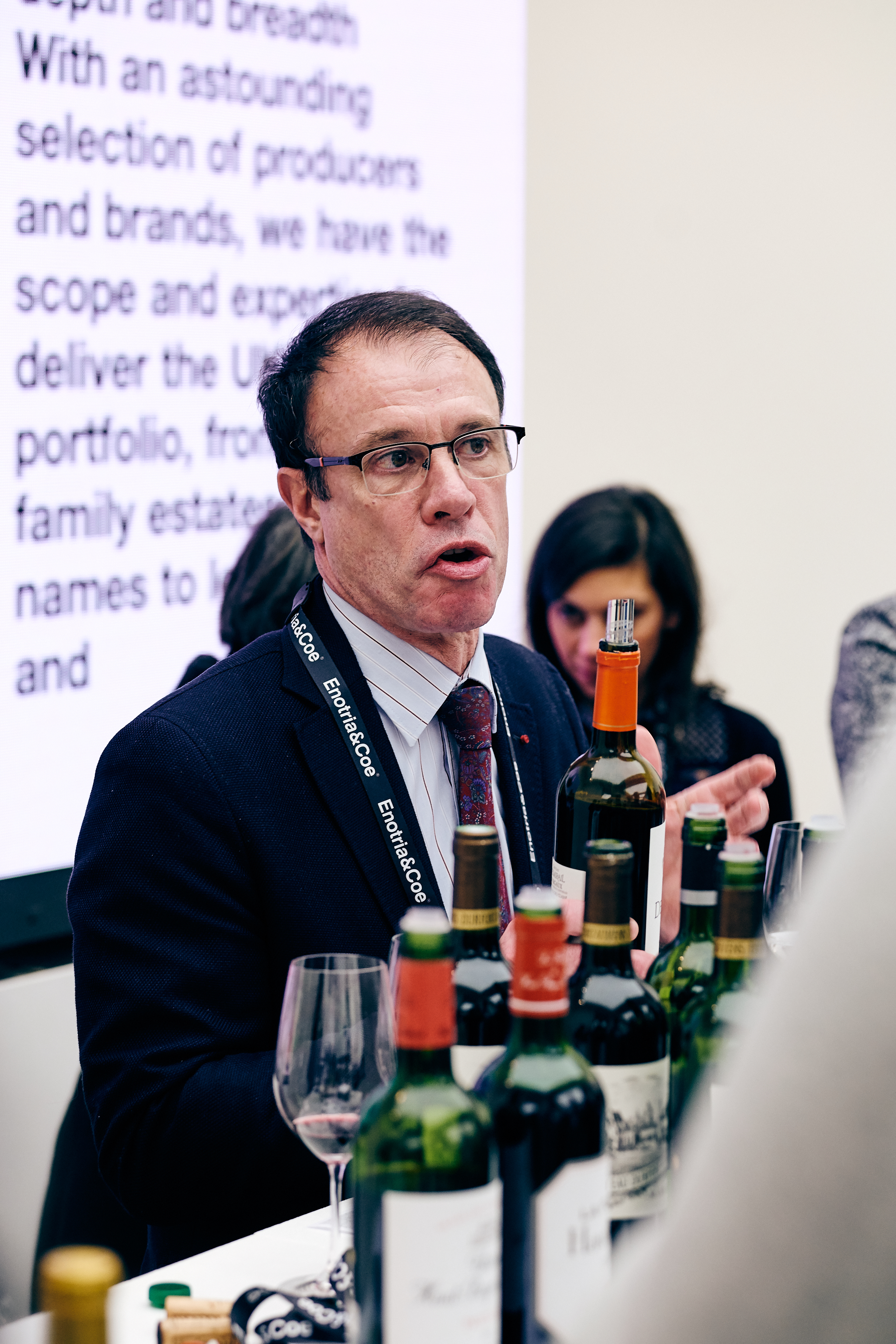 charge of Desmirai;
charge of Desmirai; - Henri heads up Brane-Cantenac;
- Marie-Laure leads the charge at Villegeorge;
- Sophie runs Bouscaut and Lamothe-Bouscaut purchased in 1999;.
- Gonzague looks after Durfort-Vivens and also Haut-Bages Libéral with his wife, Claire Villars;
- Thierry is the owner of Camarsac;
- Bérénice is at the helm of Château Climens
Lucien recognised the different personalities and traits among his children as they were growing up. With his affinity to each of the vineyards under his care, he carefully introduced them to the château they would be most suited to, and as they grew up he passed on his knowledge of the nuances of the terroir and seasons. As such, the Lurton family has a deep connection to and understanding of their vineyards, and have mastered the skills that have no doubt earned them the deep respect they now have.
Château Desmirail
Denis Lurton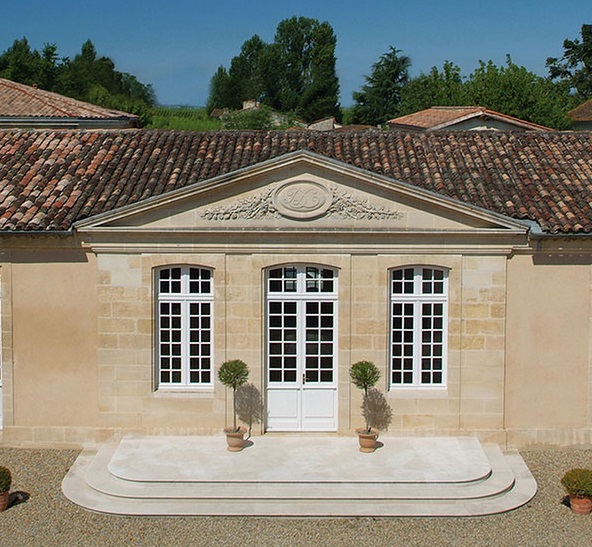
Château Desmirail is a Third Growth as per the 1855 classification, with an outstanding terroir bordering the Route des Châteaux. The elegant 18th century manor house is located behind a majestic gate made of pink marble.
The cellar features a vat room typical of late 19th century Médoc. Jean Desmirail gave his name to the château after marrying an heiress from the Rauzan family in the late 17th century. The current owner and manager, Denis Lurton, took over from his father Lucien in 1992.
Château de Villegeorge
Marie-Laure Lurton
The wines of Château Villegeorge have been highly sought 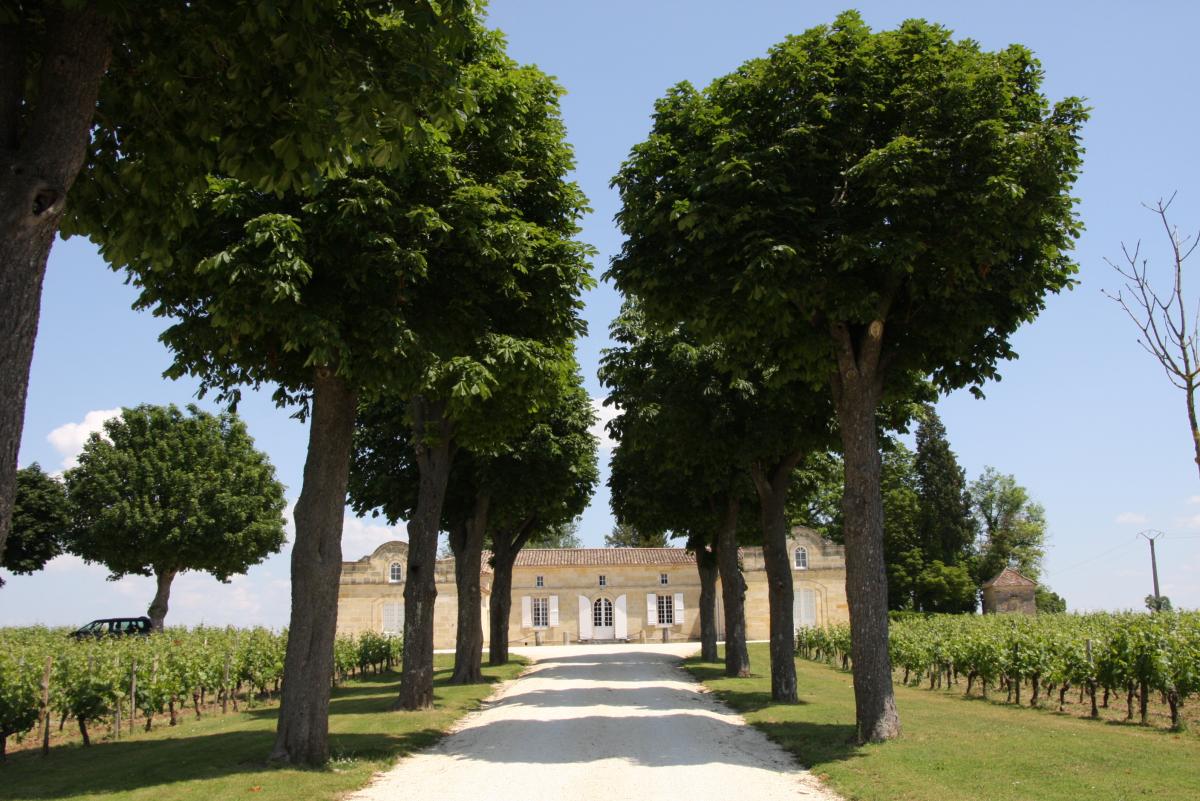 after from as far back as the 18th century. Upon the establishment of the Cru bourgeois level in 1932, the château was awarded Exceptional Growth status: one of only six wineries to receive the honour. Lucien Lurton purchased the property in 1973, eventually awarding it to his daughter Marie-Laure, who had been winemaker at the château since 1986.
after from as far back as the 18th century. Upon the establishment of the Cru bourgeois level in 1932, the château was awarded Exceptional Growth status: one of only six wineries to receive the honour. Lucien Lurton purchased the property in 1973, eventually awarding it to his daughter Marie-Laure, who had been winemaker at the château since 1986.
Building on the quality afforded to the wines by the deep gravel soils of the estate, in recent years the cellars have seen incredible upgrades and modernisation. The winery has been recognised and certified as environmentally friendly by Terra Vitis since 2003.
Château Bouscaut
Sophie Lurton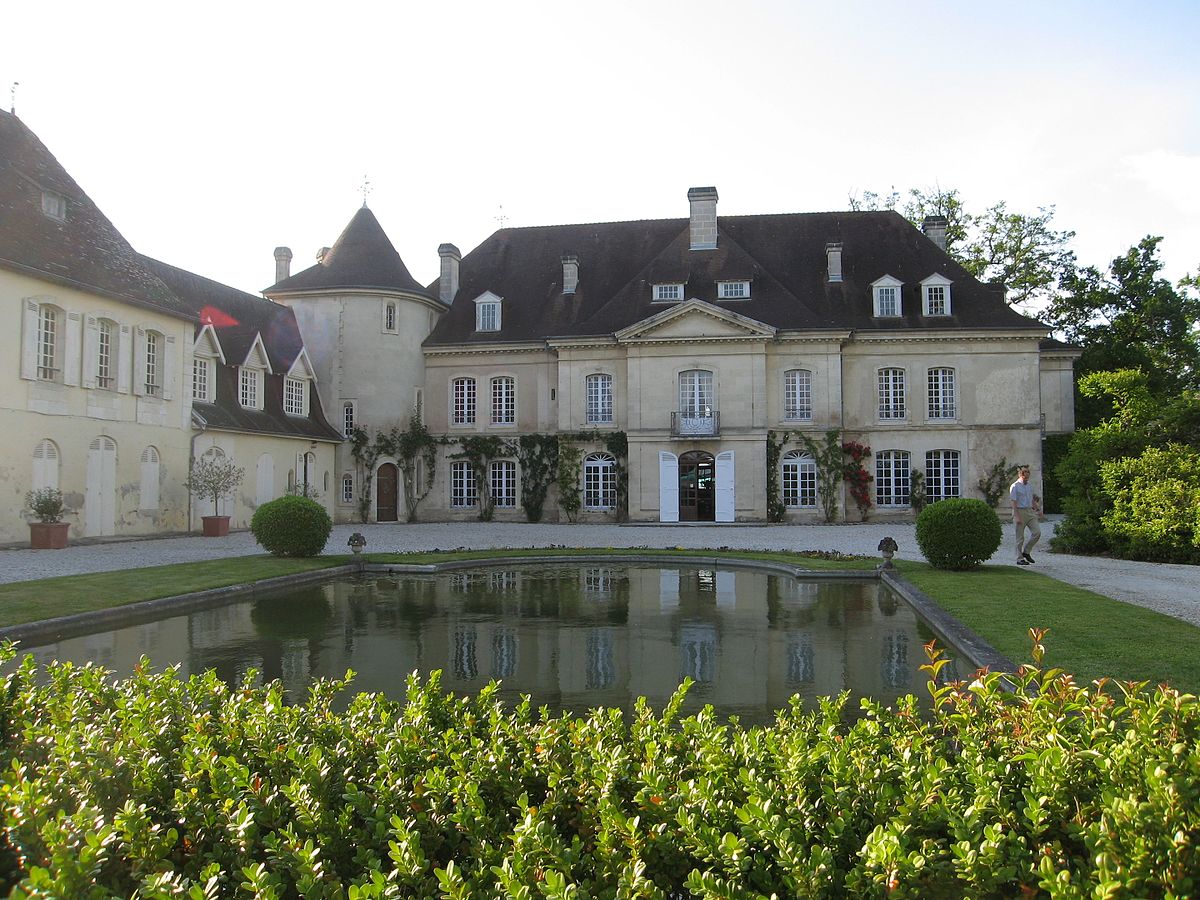
Château Bouscaut is one of the 6 Grands Crus Classés of Graves for both its white and red wines, in the Pessac-Léognan appellation. Sophie Lurton has been running Bouscaut, along with husband Laurent Cogombles, for over 20 years.
Situated 34 metres above sea level, Château Bouscaut's vineyards spread out facing south on the highest part of Cadaujac, a commune on the left bank of the Garonne River. The white grape varieties grown are Sémillon and Sauvignon Blanc, making up 10 hectares. The 34 hectares of red varieties comprise of half Merlot and half Cabernet Sauvignon, together with a hint of Malbec. The soils are mainly clay on a limestone base.
Château Lamothe-Bouscaut
Sophie Lurton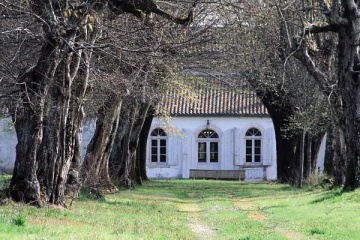
Situated in Cadaujac, 200 meters away from Château Bouscaut, Château Lamothe-Bouscaut is an old wine estate owned by Sophie Lurton and Laurent Cogombles. The house dates back to the 12th century, with parts of the actual vineyard being recorded on the 18th century Belleym map. Lamothe-Bouscaut wines were very famous in the 19th century. In 1969, the vines were loaned to Château Bouscaut, who finally acquired the estate in 1999 under owners Sophie Lurton and Laurent Cogombles.
Château Durfort Vivens
Gonzague Lurton
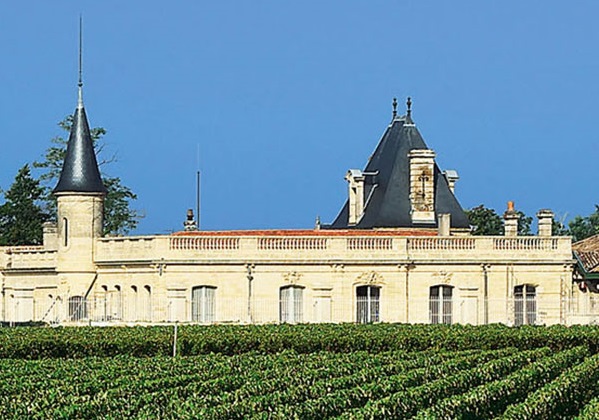
Château Durfort Vivens owes its name to the Durfort de Duras, a powerful family in the south-west of France. In 1824, the Viscount of Vivens’ name was added to that of Durfort. The 1855 classification ranked the wine as a Second Growth. In 1937 the estate was bought by the company owning Château Margaux, whose main shareholder at that time was the Lurton family.
In 1961 Lucien Lurton, a great lover and protector of wine-producing terroirs, acquired and restored this exceptional vineyard, before bequeathing it in 1992 to his son Gonzague, who modernized its operation with a view to developing the terroir’s unique qualities.
The Merlot and Cabernet Sauvignon vines grown on these deep, gravelly soils are on average 35 years old. The vineyards are sustainably managed, and pruning is carried out by hand, by five vineyard workers on the nine hectare estate.
Château Haut-Bages Libéral
Claire Villars Lurton
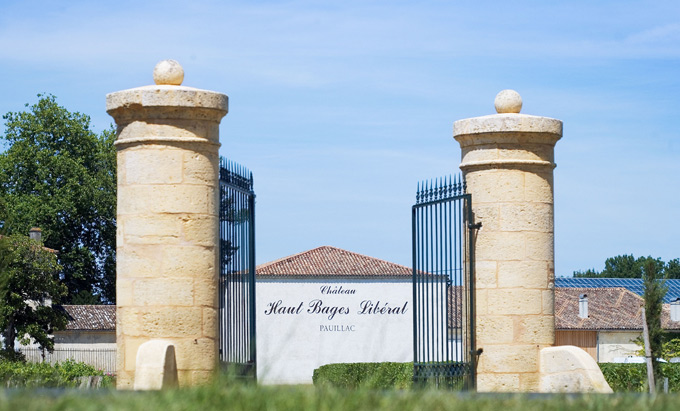
Château Haut-Bages Libéral was founded at the beginning of the 18th century,with its former owners gathering some of the best soils in the Pauillac area. The winery was included as a Fifth Growth in the 1855 Paris Classification.
This beautiful vineyard found a new youth in 1960, when the Cruse family purchased the estate and launched a vast programme of replanting the vines – but it was not until the arrival of the Villars-Merlaut family in 1982 that Château Haut-Bages Libéral returned to its former splendour. Claire Villars Lurton took over the estate in 2000, modernising the winemaking facilities and introducing environmentally friendly methods, to gain the best from the terroir.
Château Camarsac
Thierry Lurton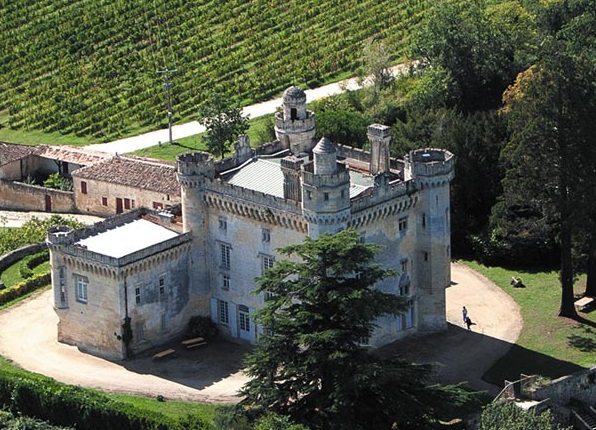
Between Bordeaux and St. Emilion, on a hill surrounded by vines in the Entre-Deux-Mers, lies the Carmasac fortress, home of Château Camarsac. Built in the early 14th century, the winery is steeped in history, having been owned by the Black Prince of Wales during the Hundred Years' War; a heritage which Thierry Lurton and his team are determined to preserve in their approach and products today.
The vineyards of Château Camarsac extend over the communes of Camarsac, Loupes, St. Aubin de Branne, Cabara, and Sainte-Terre. This mosaic of individual plots and terroirs encourages complexity through the range, as does the utmost attention to authenticity, precision and quality.
Château Climens
Bérénice Lurton
The history of this château began in the 16th century 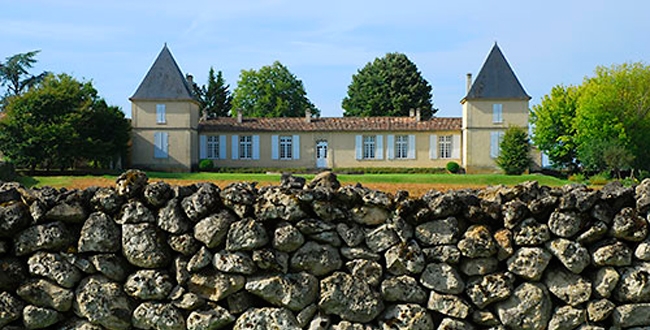 with the family of Roborel Climens who developed the vineyard. Thereafter, five families have succeeded each other at Climens. Their hard work led to its inclusion in the classification of 1855 as a Premier Cru of Barsac.
with the family of Roborel Climens who developed the vineyard. Thereafter, five families have succeeded each other at Climens. Their hard work led to its inclusion in the classification of 1855 as a Premier Cru of Barsac.
Since 1974 the Lurtons have owned Château Climens, known as the Yquem of Barsac or the Lord of Barsac. Bérénice Lurton, daughter of Lucien Lurton, took over the reins of the estate in 1992.
I have known the Lucien Lurton members for several years 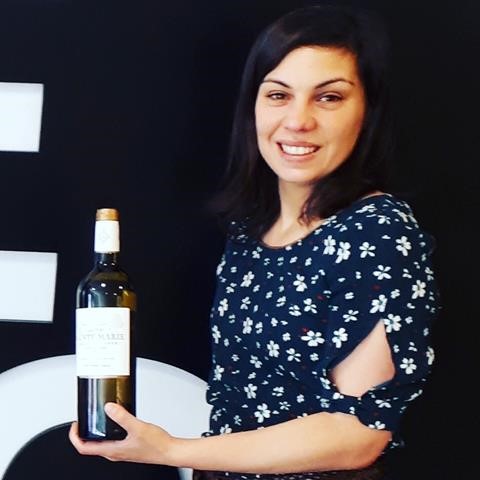 and I am always impressed by their humility and empathy. Not only are they experts and highly respected in their field, but they’re also extremely passionate and make the wines with their own hands. We are very proud to have the exclusivity in the UK of their second label, that is produced with the same care as the Grand Crus Classés. - Rebecca Gergely, Buyer
and I am always impressed by their humility and empathy. Not only are they experts and highly respected in their field, but they’re also extremely passionate and make the wines with their own hands. We are very proud to have the exclusivity in the UK of their second label, that is produced with the same care as the Grand Crus Classés. - Rebecca Gergely, Buyer
